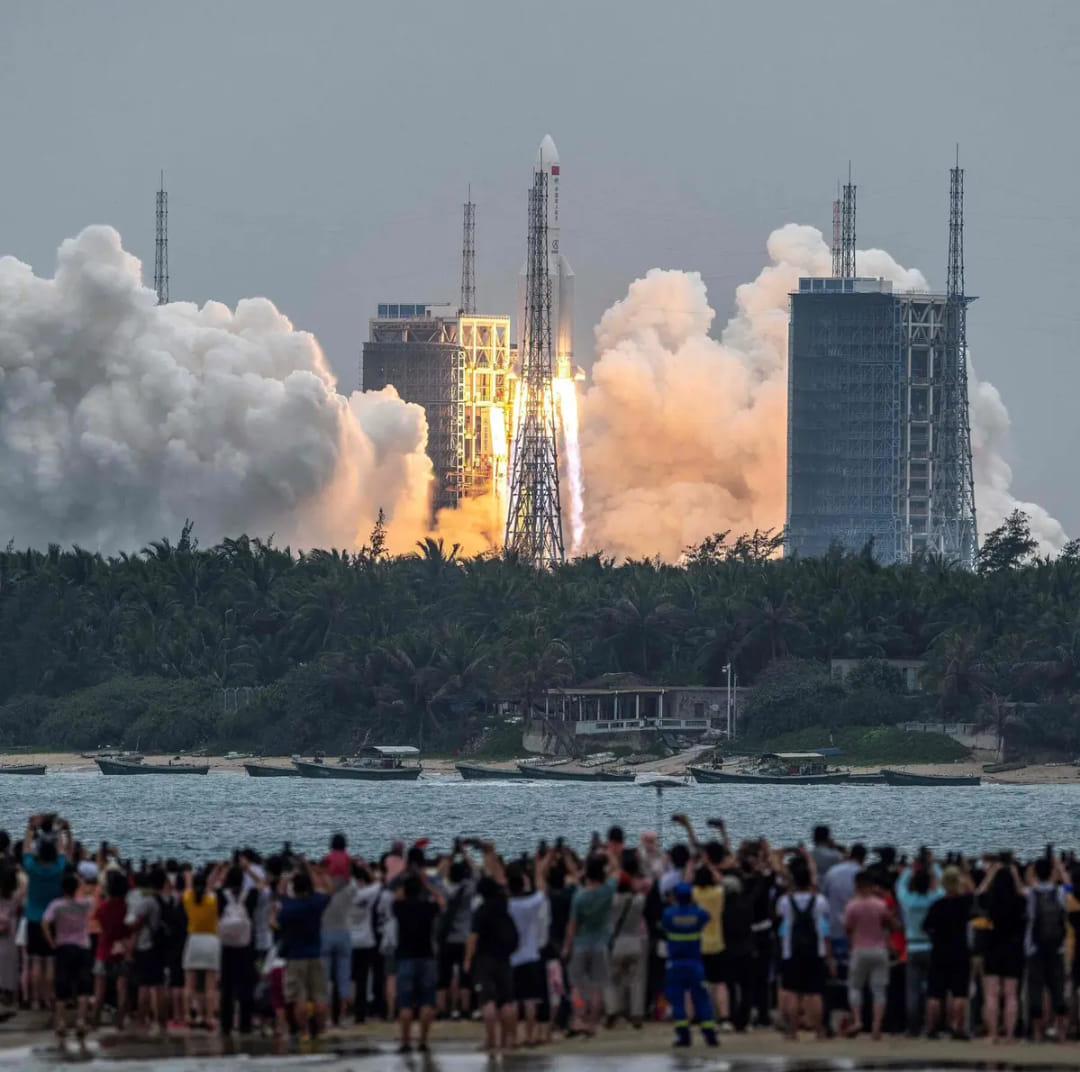
The se uncertainties regularly result in the predicted re-entry time and location changing in the days and hours before an object finally enters the atmosphere. Ī good description of the se factors can be found in this blog from the European Space Agency. Re-entry locations and timing are typically difficult to predict as characteristics of the satellite, such as its attitude (the direction it's p ointing in ), size and mass along with a changeable atmospheric density can have large impact s on the accuracy of analysis. įor this event however we knew that some debris was likely to survive due to the size of the rocket body. In m ost re-entr ies nothing of the object survives to reach the ground as it burns up harmlessly in the atmosphere. The most dangerous events we track are collisions in space between objects, but we also monitor and predict atmospheric re-entries of objects like this rocket body.

SST uses sensors, usually radars, telescopes, and laser-ranging systems, to provide tracking data to reduce orbital hazards. The UK Space Agency and the M inistry of Defence closely monitor a range of activities in space, including satellites, space debris and returning rocket l aunche r s, through our joint Space Surveillance and Tracking (SST) capabilities. Pieces of debris assumed to be from th is rocket w ere subsequently identified on the ground in Cote D’Ivoire in West Africa. This event was of particular interest because Long March is claimed to be the biggest object to return to Earth since the 1990s, matched only by the re -entry of the previous Long March-5B rocket that re-entered the Earth’s atmosphere in May 2020. The exception s to this are reusable booster stages, like those developed by SpaceX, which are refurbished for their next flight. Usually, the large booster rockets fall back to Earth, typically in the ocean, or burn up as they re-enter the Earth’s atmosphere. Rocke t launches are usually made up of two or three stages and the components come in varying sizes – with the Chinese Long March - 5B rocket being one of the biggest. The object, measuring approximately 33 meters long by 5 meters wide and weighing approximately 18 tonnes, was debris from a spent rocket : CZ-5B ( translated as Long March - 5B ), which started to return to Earth after carrying a module for Tiangong, China’s next space station.

O n Tuesday 4 May, t h e UK’s Space Operations Centre ( UK SpOC ) based at High Wycombe started monitoring the re-entry of an object into the Earth's a tmosphere.


 0 kommentar(er)
0 kommentar(er)
